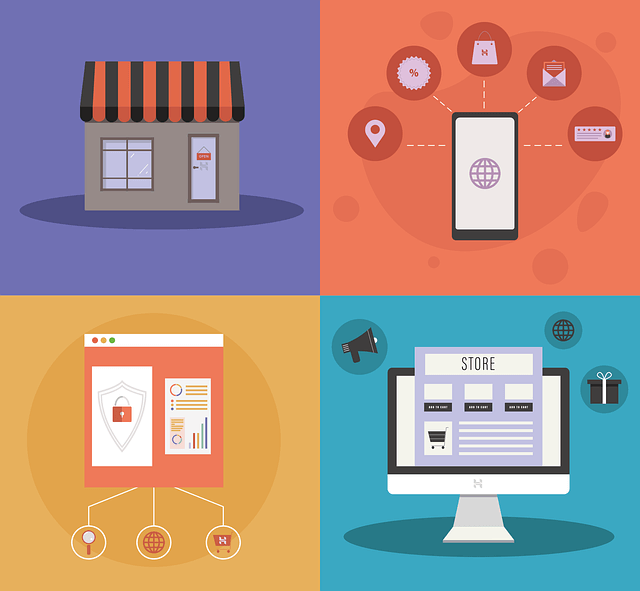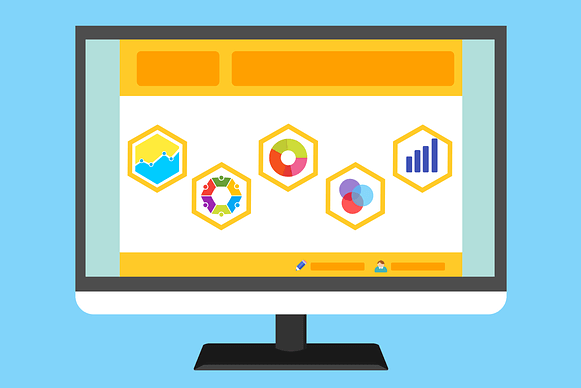In today's fast-paced world, third-party delivery services have become a cornerstone in the restaurant industry.
Whether you're entirely new to the concept or already experimenting but facing some obstacles, this guide will help you navigate and understand the third-party delivery scene, even if technology isn't your strong suit.
If you prefer a quick read, download our concise checklist that distills the key points from this article.
What Are Third-Party Delivery Services?
Third-party delivery services like DoorDash, Grubhub, and Uber Eats provide a digital platform to bridge the gap between your restaurant and potential customers.
They handle the ordering process, dispatch drivers, and take care of the delivery, offering a convenient way to expand your reach without the stress of managing a delivery operation yourself.
Things to Consider
Deciding whether third-party delivery services are the right fit for your restaurant depends on several factors.
Location
If your restaurant is in a bustling urban area where delivery services are in high demand, partnering with these platforms can significantly boost your reach.
On the contrary, the costs might not justify the returns in a rural or less-populated suburb where delivery is less common.
Customer Base
The dining preferences and expectations of your customers matter.
Younger customers or busy professionals often lean towards the convenience of food delivery apps.
If your clientele fits this demographic, offering delivery can help cater to their needs and increase your sales.
Type of Food
Certain food items travel better than others.
Crisp, fried foods, or delicate pastries may hold up poorly in transit, while other dishes like pizza, curry, or sandwiches often deliver well.
Evaluating your menu for delivery suitability is crucial.
Capacity to Manage Delivery Logistics
Integrating delivery into your existing operation means managing new logistical challenges.
You'll need to handle order integration, adjust staffing levels, manage customer complaints about delivery, and keep track of the financial aspects.
Be sure your restaurant is ready for this commitment.
As you can see, each factor plays a significant role in this decision-making process.
Ultimately, the choice lies in aligning these services with your restaurant's unique needs and goals.
Carefully weigh the potential benefits against the challenges, considering the characteristics of your business and your capacity to adapt.
Using third-party delivery services is not a one-size-fits-all situation but a tailored approach that can usher new opportunities for your restaurant.
Getting Started
To help you navigate the process, here are the steps for getting started with third-party delivery services:
- Market Research: To identify popular delivery platforms in your area, you can conduct customer surveys, look at the delivery options your competitors use, and research online reviews. Social media can also offer insights about the platforms your potential customers prefer.
- Menu Preparation: Evaluate your menu to identify dishes that will deliver well. Pizzas, curries, and sandwiches typically travel well, while fried foods, ice creams, or complex presentations often don't. Adjust your menu to fit the delivery model, ensuring your food reaches customers in the best possible condition. It's normal for restaurants to only allow certain foods on their delivery menu.
- Financial Analysis: Each platform has its fee structure. Thoroughly understand how these fees will impact your bottom line. Consider adjusting your pricing or identifying cost-saving measures to offset these costs.
- Operational Adjustments: Determine how to integrate delivery orders into your workflow. Does your POS integrate easily with your chosen platform? Or do you need staff to input the incoming orders into your system manually?
- Staff Training: Ensure your staff understands the new system, how to manage delivery orders, and how to handle related customer service issues.
- Marketing Your Delivery Service: Announce your new delivery options on your website, social media, email newsletters, and other marketing channels.
- Choose Your Platform: Select a platform based on your research and the unique needs of your restaurant. Remember, it's okay to start with just one platform and expand as you become more comfortable.
- Launch and Monitor: Start your delivery service, regularly solicit customer feedback, and adjust as needed.
Addressing Common Challenges
Partnering with third-party delivery services comes with its own set of challenges. Here are some common issues and strategies to mitigate them:
High Commission Fees
The fees from delivery platforms can significantly impact your bottom line. Here's how to combat this issue:
- Negotiate with the Platform: Don't accept the first rate the platform gives you. Try to negotiate lower fees, especially if your restaurant is popular or unique in your area.
- Adjust Menu Pricing: Consider slightly increasing the prices of items ordered for delivery to offset the commission costs. Just ensure your prices remain competitive.
- Promote Direct Orders: Encourage customers to order directly from you by offering pickup options, discounts, or loyalty rewards for direct orders, which allow you to keep 100% of the revenue.
Control over Customer Experience
Since the delivery platform manages the delivery process, issues during this phase can lead to negative customer reviews for your restaurant. Here's how to mitigate this:
- Quality Check: While the delivery driver is responsible for ensuring all the food and requested items are present when delivering, you must rely on something other than them. Your staff must ensure that everything in the order is present and picked up by the delivery driver. You must provide the correct order to impact your customer's experience positively.
- Improve Packaging: Invest in high-quality, tamper-proof packaging to ensure your food arrives in the best condition possible. If your food arrives hot and well-presented, you'll improve the customer's overall experience.
- Respond to Complaints: Actively manage your online reputation by responding to negative reviews, and solve any issues within your control.
Inaccurate Menus
When menus on delivery platforms aren't updated, it leads to customer dissatisfaction. Here are some ways to avoid this problem:
- Regular Check-ins: Check your online menu to ensure all items are available and priced correctly. Checking will help avoid customer disappointment and confusion. If any items can't be delivered, try to communicate that to your customers.
Limited Customer Data
Delivery platforms typically do not share customer data with you, making it harder to build customer relationships. Here's how to handle this:
- Encourage Direct Engagement: Include flyers or coupons in your delivery orders, encouraging customers to sign up for your newsletter, follow you on social media, or order directly from your website next time.
- Loyalty Programs: Develop a loyalty program for your direct customers. A loyalty program will incentivize them to bypass the delivery app and order directly from you in the future.
Driver Issues
Occasionally, restaurants face issues with delivery drivers, such as lateness, mishandling of food, or unprofessional behavior, which can directly impact the customer's overall experience. To mitigate this, you can:
- Provide Feedback: Regularly provide feedback on driver performance to the delivery platform. They generally have protocols in place to manage driver conduct.
- Proper Packaging: Package your food in sturdy, tamper-evident packaging to ensure it arrives in the best condition possible.
- Quality Check: Check the food items before the driver picks them up to ensure the customer gets what they ordered.
Disputes and Refunds
If a customer is unhappy with their order, resolving the issue can be more complicated with a third party involved. To handle this, you can:
- Refund Policy: Develop a clear policy for handling disputes and refunds in collaboration with your chosen platform.
- Customer Service: Provide outstanding customer service, including following up on complaints and offering possible solutions, even if the problem arose during delivery.
Cannibalization of Dine-in or Takeout Business
Delivery services may replace more profitable dine-in or takeout businesses rather than providing incremental sales. Here's how you can address this:
- Focus on Direct Orders: Use delivery services as a complement to, not a replacement for, your dine-in or takeout services.
- Promotional Offers: Encourage direct orders or dine-in visits through promotional offers or loyalty programs.
Difficulty in Managing Multiple Platforms
Operating on multiple delivery platforms can increase your reach, but it also brings added complexity. To manage this effectively, you can:
- POS Integration: Use a delivery management system or POS integration consolidating orders from different platforms into a single interface.
- Scale Up: Start with one platform and add more when comfortable managing the additional workload.
Conclusion
Adopting third-party delivery services into your restaurant's operations may initially seem overwhelming, especially if you are new to this trend.
However, careful planning and thoughtful strategies can open new avenues for customer reach and revenue growth.
Keep in mind that every restaurant's circumstances are unique.
Consider your location, the type of food you offer, your customer base, and your capacity to handle the logistics before deciding.
And remember to download our handy checklist for a summarized guide to this process.
Do you still have questions or specific challenges regarding third-party delivery services?
Have you identified any particular needs or goals these services can help you meet?
Feel free to reach out to us using the form below.













